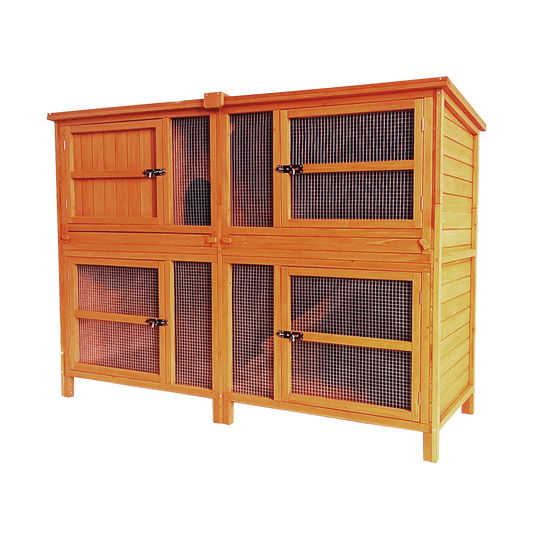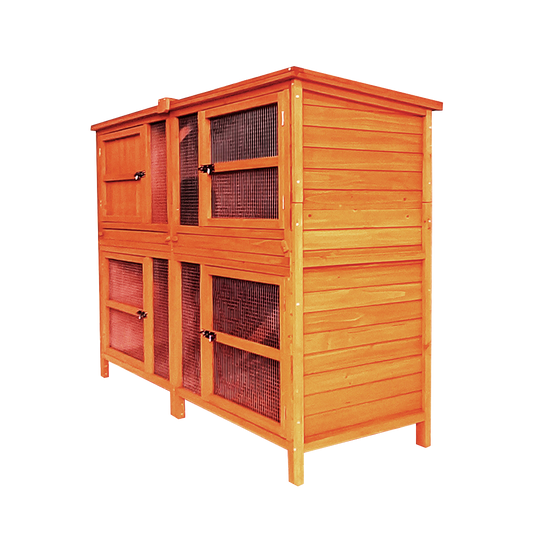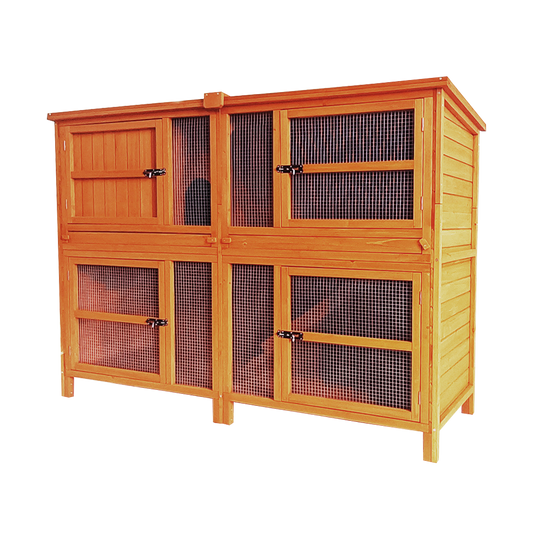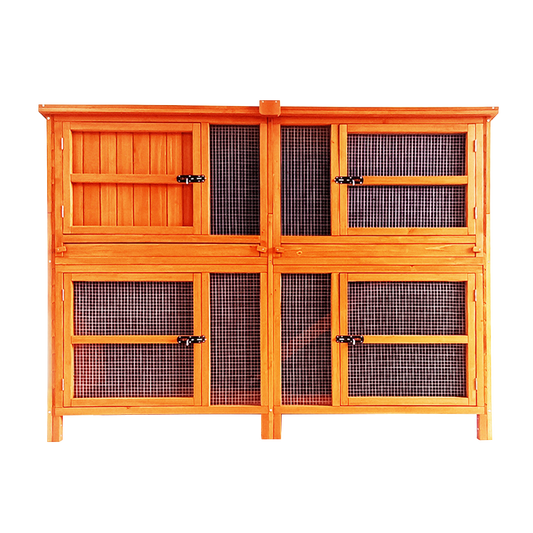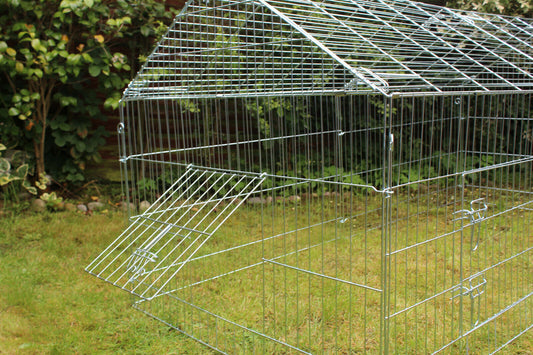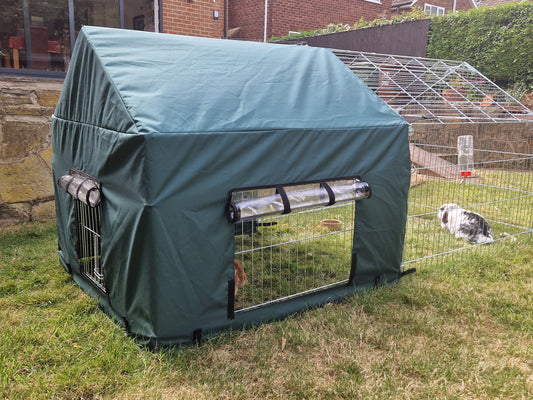As we discovered last time, there is no shortage of variety in pet foods. Store-bought dog foods now come in all sorts of classes and although this can seem overwhelming, it’s actually great news since, with so many choices available, you can be sure you’ll find something to suit both your dog, your budget and your lifestyle.
In Part 1 we looked into the differences between complete and complementary dog foods but in this article we’ll go one step further and will start examining all of the different methods that are used to make store-bought dog foods, how they can affect the dog food and their pros and cons for both you and your dog.
Dry Dog foods
Dry dog foods are by a country mile the most popular category of dog foods all over the world. Dry dog foods generally offer good value for money and, crucially, they are about as convenient as it gets.
Extruded Dog foods
The vast majority of dry dog foods are made by a process called extrusion. Extrusion basically involves the ingredients being ground, mixed and passed though what is essentially a giant steam cooker before being cut into biscuit shapes and dried with currents of hot air. It is quick, consistent, relatively easy and inexpensive so an obvious choice for manufacturers. It does however involve some pretty high temperatures and pressures which may result in the loss of some of the natural nutrients contained in the raw ingredients.
Baked Dog foods
Baking typically involves the biscuits passing slowly through a long oven atop a conveyor belt.
It allows biscuits to be made using lower pressures than extrusion which may leave more of the natural nutrients intact but it also tends to require the inclusion of wheat gluten to bind the biscuits which might not agree with all dogs.
Cold-pressed Dog Foods
Cold-pressed complete pet foods are still fairly new on the scene but their popularity is growing rapidly. They present all of the advantages of more conventional dry dog food processing but without the potentially damaging high temperatures. Ingredients do, however, still have to be dried and ground before pressing and some, like grains, also have to be pre-cooked so cold-pressing still involves a certain level of processing.
Air-dried Dog Foods
Air drying takes things one step further as the ingredients usually start the process fresh rather than ground or pre-cooked. Air-dried dog food is exposed to a current of heated air, gently removing the water through evaporation which is thought to reduce the damage to nutrients compared to conventional cooking methods. Some air-dried dog foods need to be rehydrated by adding water so, while the packs might seem small, the volume of dog food you get from them is considerably larger.
Freeze-dried Dog Foods
Freeze-dried dog foods are created by first freezing and then gently heating the ingredients within a vacuum to remove any moisture. In this way, the nutrients undergo very little damage making it arguably the most 'natural' form of dry dog food available. Another pro is that they have an incredible shelf life without the need for any preservatives. Freeze-dried dog foods do, however, tend to be eye-wateringly expensive but since many require rehydration with water, the final volume is often a lot more than you might think.
Next time…
Dry dog foods are great but they are just the start! In Part 3 we’ll be taking a look at the various alternatives including wet dog food, fresh dog food and, of course, raw dog foods so be sure to take a look.
If you enjoyed this article why not read:
Types Of Foods Part 3: Wet, Fresh & Raw


